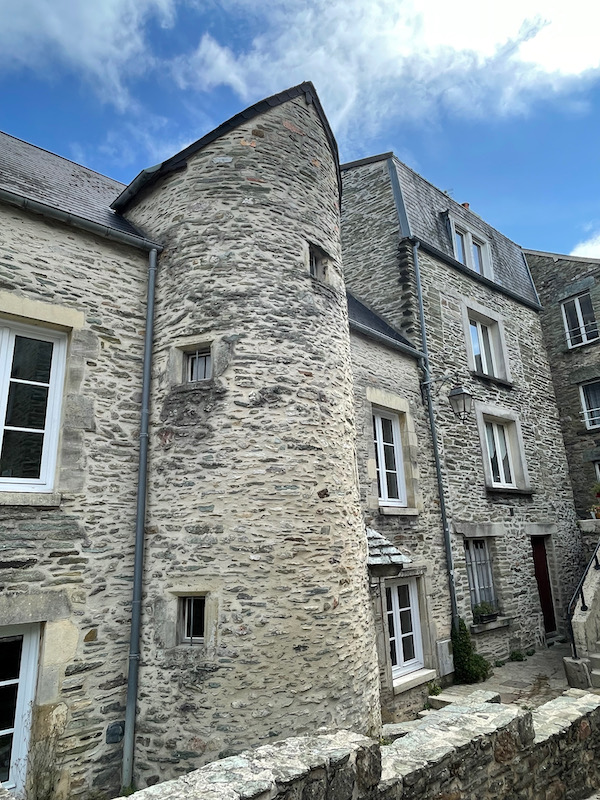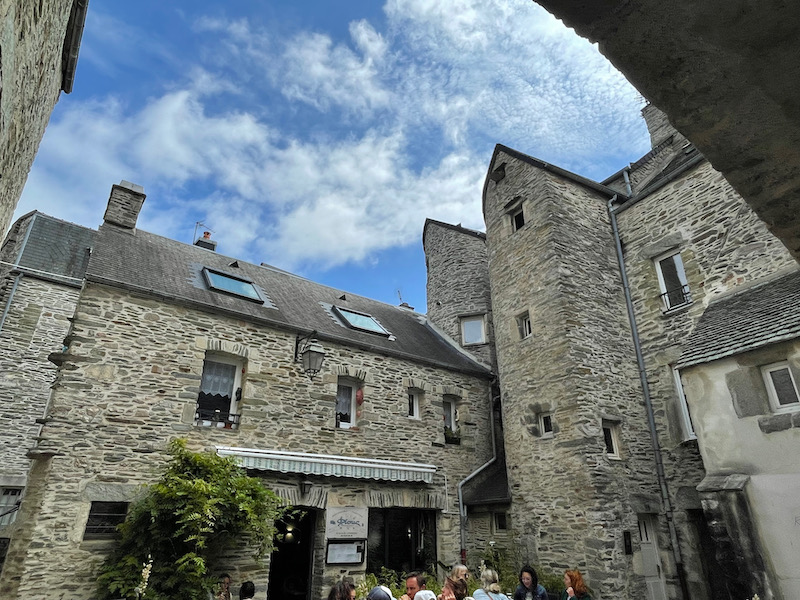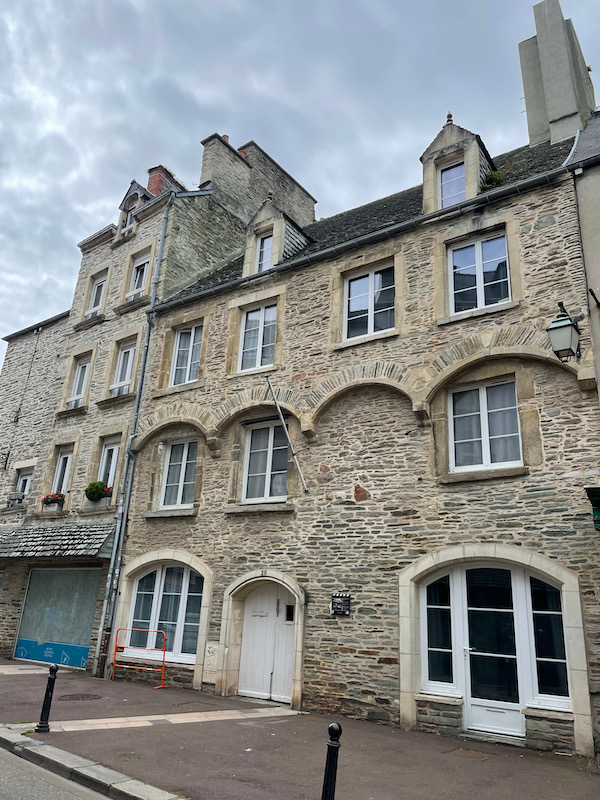Our Blog - Normandy 2023 - Cherbourg-en-Cotentin, France
On the north side of the Cotentin peninsula is the city of Cherbourg (or more correctly, Cherbourg-en-Cotentin as of January 2016, when it was renamed). This is one of the ports on the English Channel with ferry service to England and Ireland, (as well as handling cruise ships and cargo ships). A little bit of trivia: during the construction of the Concorde prototypes in the 1960s, some sections that were built in the United Kingdom passed by ferry through Cherbourg, and then on to Toulouse.
History buffs may also know about the Battle of Cherbourg (or the Sinking of the CSS Alabama), which was a battle during the Civil War (1864) between the United States Navy warship, USS Kearsarge, and the Confederate States Navy warship, CSS Alabama. The CSS Alabama had docked at the French port here for repairs after being pursued for 2 years by the USS Kearsarge. The Kearsarge found the Alabama still docked, and since it was in a neutral port, the ship waited for the Alabama to leave port. The Alabama did just that 5 days later, escorted by a French Navy ship (to ensure that any ensuing battle happened outside of the French harbor itself). The battle itself didn't take long ... in just over an hour of exchanging artillery fire, the Alabama had started to sink and it was all over.
During WWII, the deep-water port of Cherbourg was of strategic importance and it was heavily protected by the Germans. Taking the city was the primary objected of the American troops who had landed at Utah Beach during the Battle of Normandy. American troops encircled the city 5 days later, the Germans surrendered.
Now to our little tour ... we parked just across from this equestrian statue of Napoleon, who is seen pointing to the Cherbourg harbor.
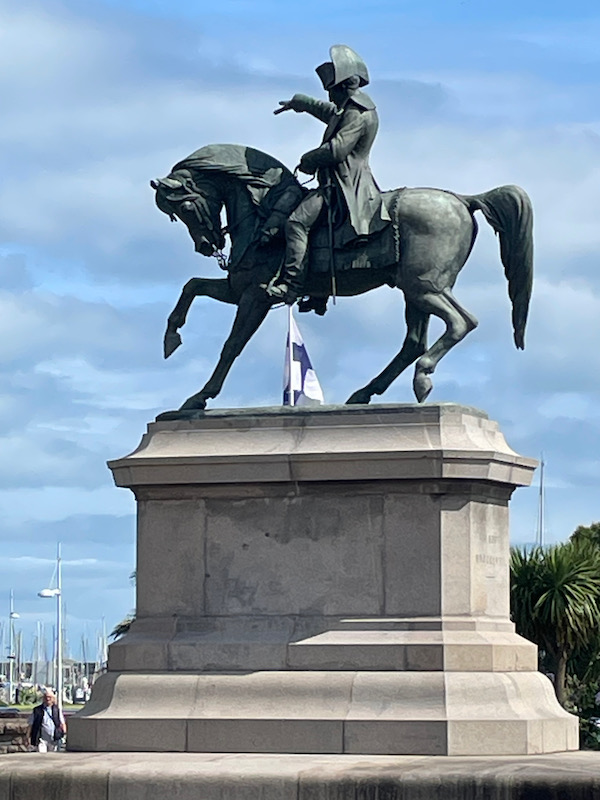
In 1893, the city councilor gave 25,000 francs to the city for the creation of a fountain on Place du Château, now known as Place de General de Gaulle. Built in 1895, it represents the four seasons, along with dolphins, fish, and animal heads.
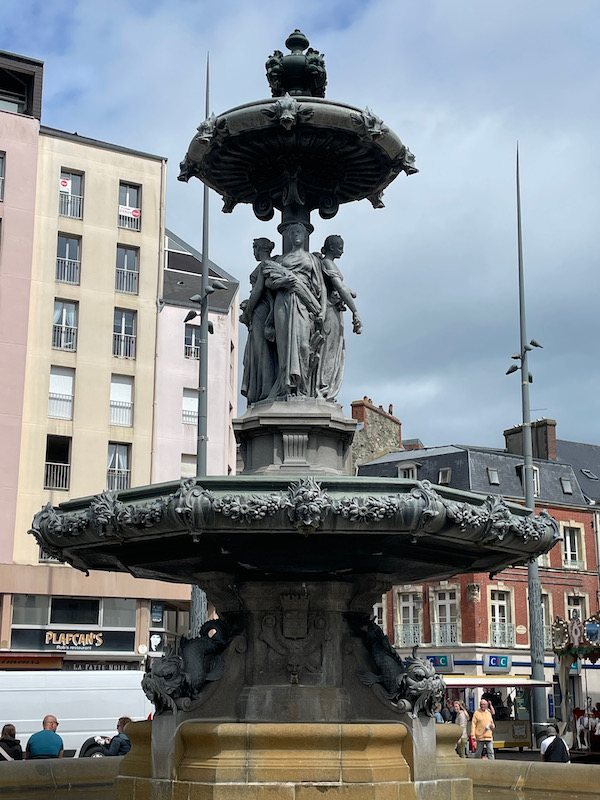
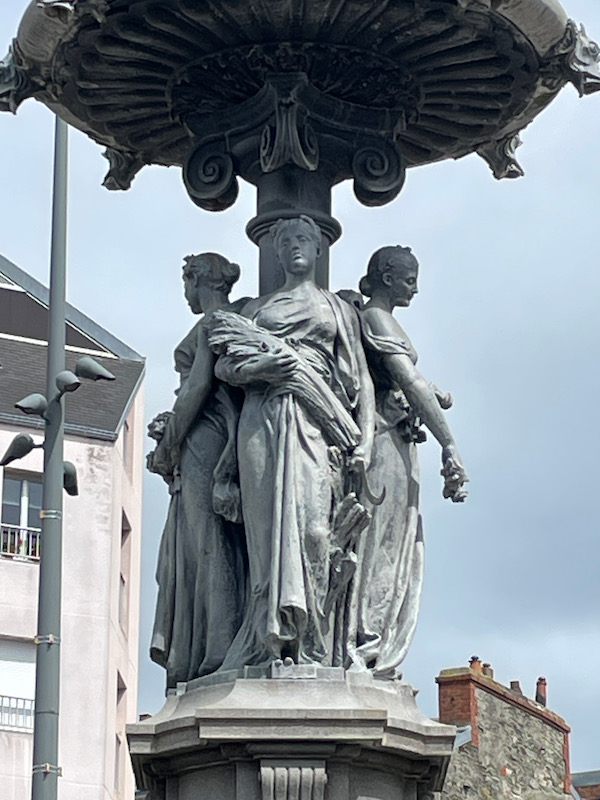
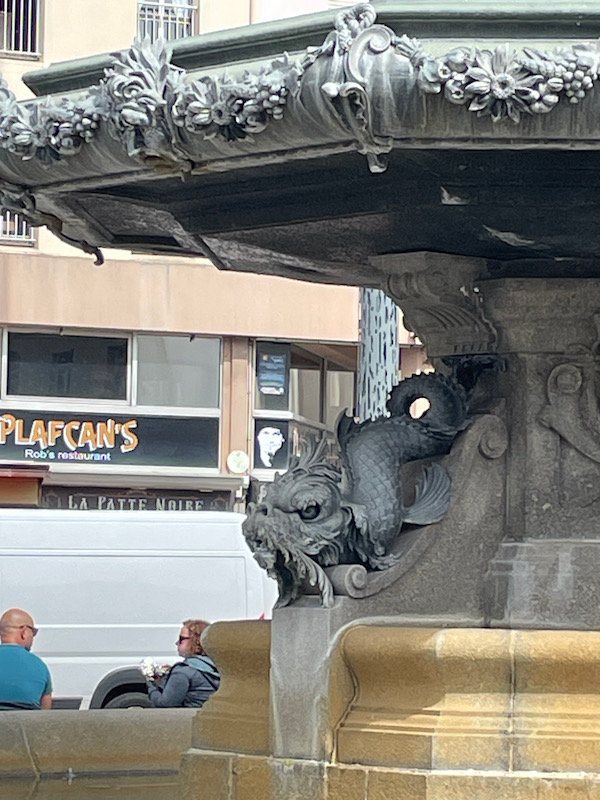
On the same square is an eclectic Italian-style theater. Built in 1881, is a testimony to the city’s golden age.
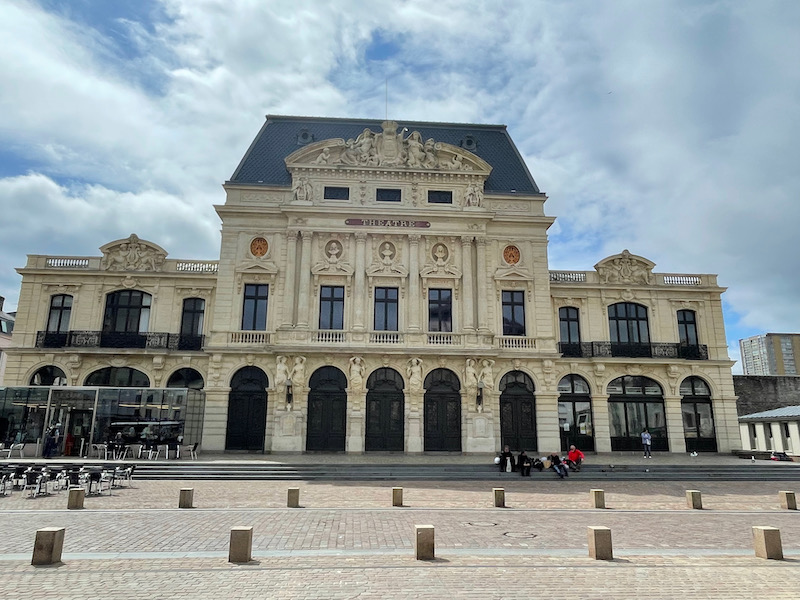
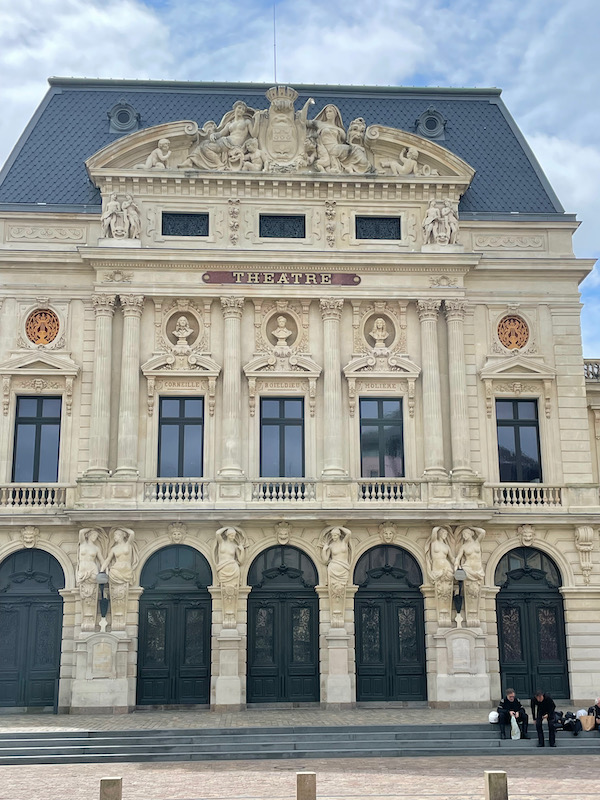
The town is somewhat famous for umbrellas (although maybe mainly for the French). In 1963, there was a movie called "Les Parapluies de Cherbourg" (translates to The umbrellas of Cherbourg). The film dialogue is entirely sung and it was filmed in the streets of Cherbourg. It starred a very young Catherine Deneuve, and was awarded the Palme d’Or at the 1964 Cannes Film Festival. Initially, the locals were enthusiastic about the filmi, but it actually made the city become well-known for its bad weather. For the company "Le Parapluie de Cherbourg", the bad weather may be a good thing :-) The umbrellas that are made here (literally made in this building) are hand-made and are said to be the strongest umbrellas in the world (they are tested in wind tunnels). They are not for the light-of-wallet, however, since they will set you back anywhere from 150 euros up to over 1700 euros but they should last a lifetime. I grabbed a few pictures of the manufacturing.
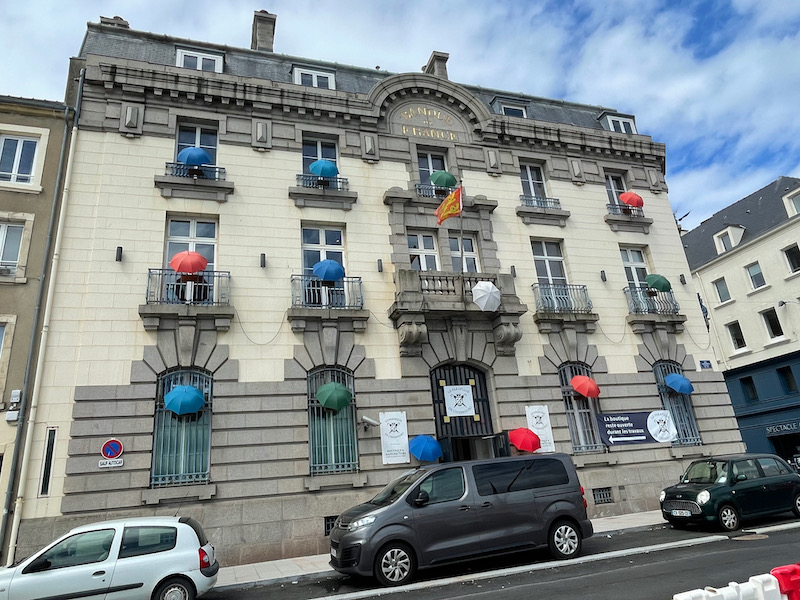
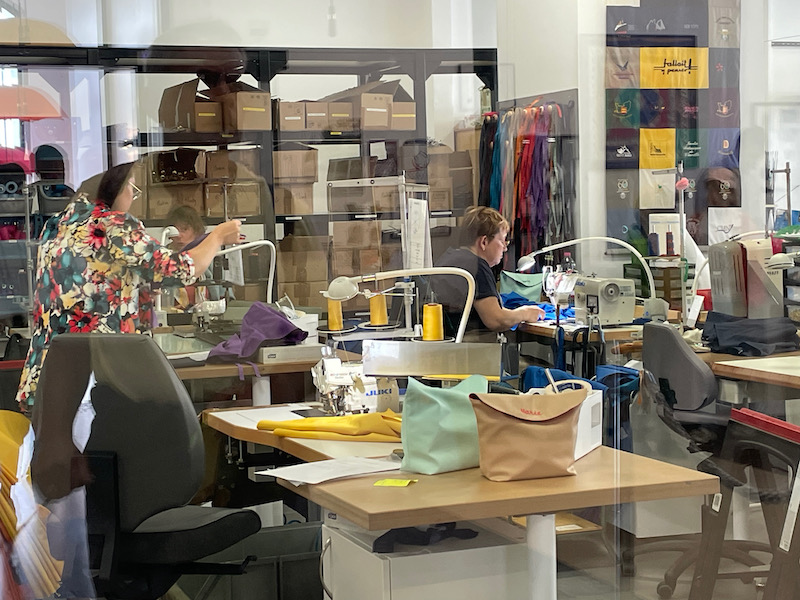
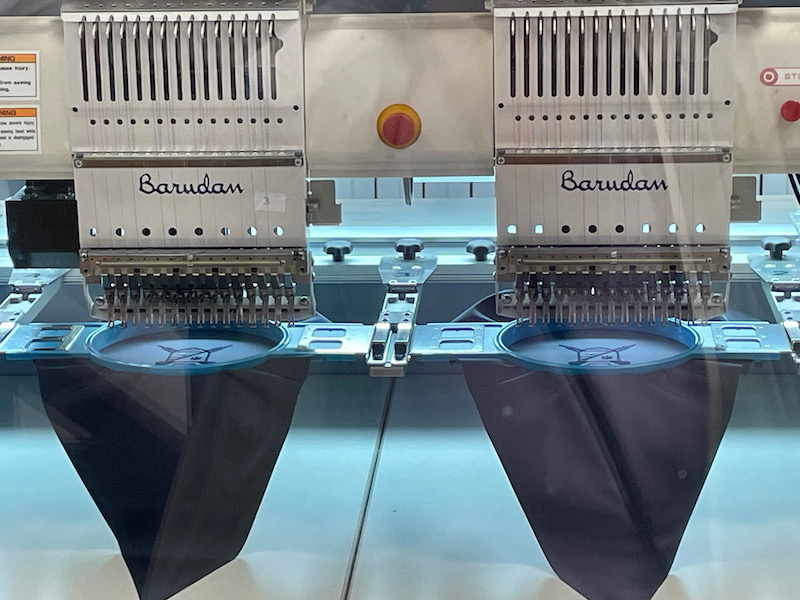
The Basilique de la Trinité was built in the 11th century by William the Conqueror, and then largely rebuilt in a flamboyant Gothic style during the 15th century. Damaged during the Revolution, it underwent major restoration campaigns in the 19th century. You can definitely see the flamboyant Gothic style in the pointed arches, gargoyles, and window tracery. The most unique thing was the colorful painting of the ribs in the mostly-Romanesque doorway.
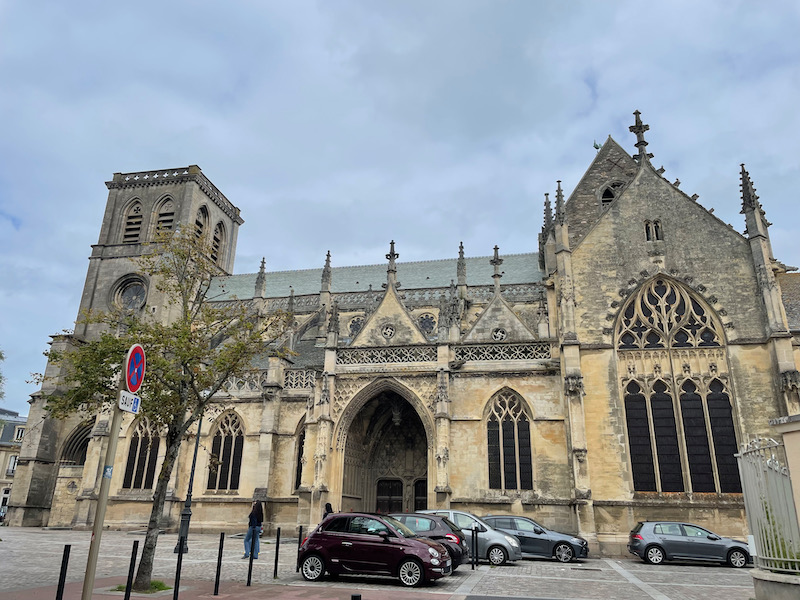
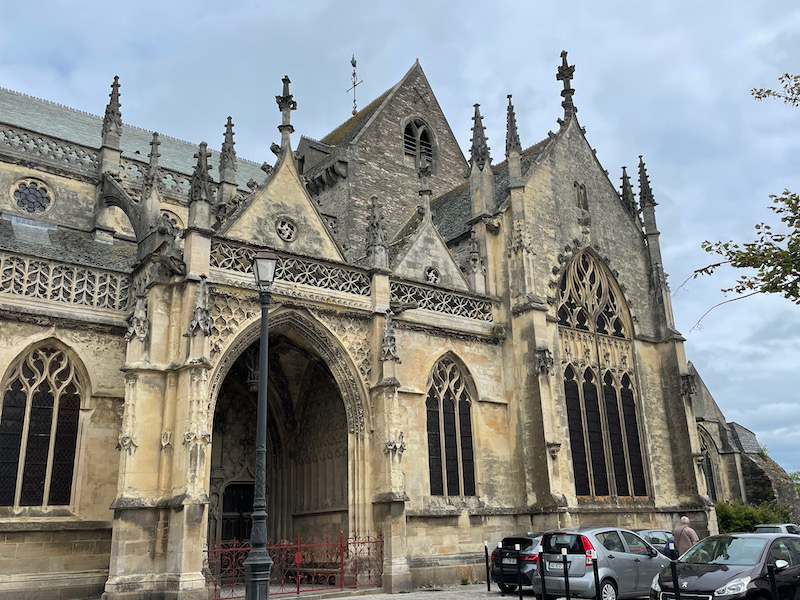
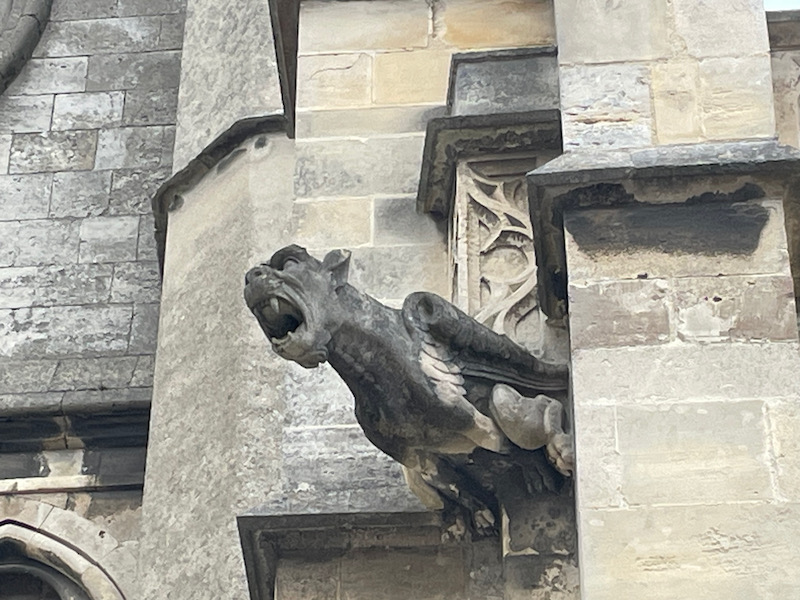
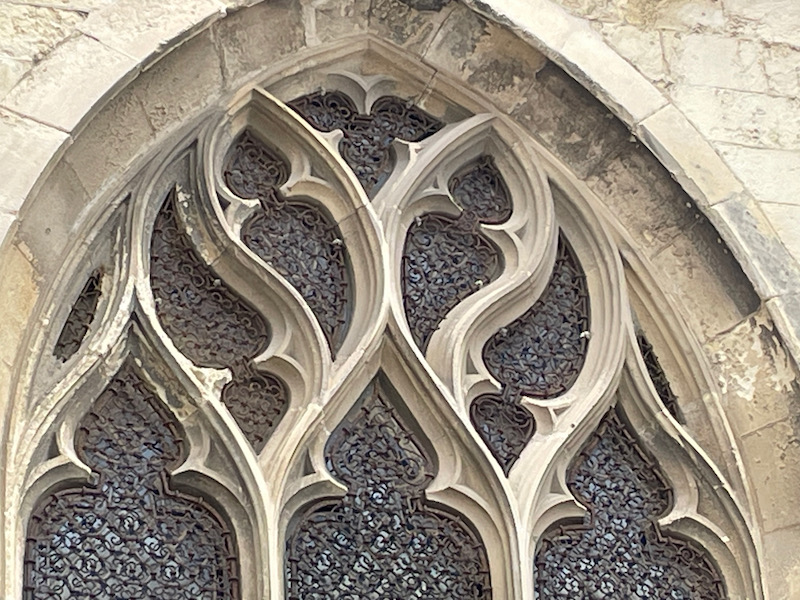
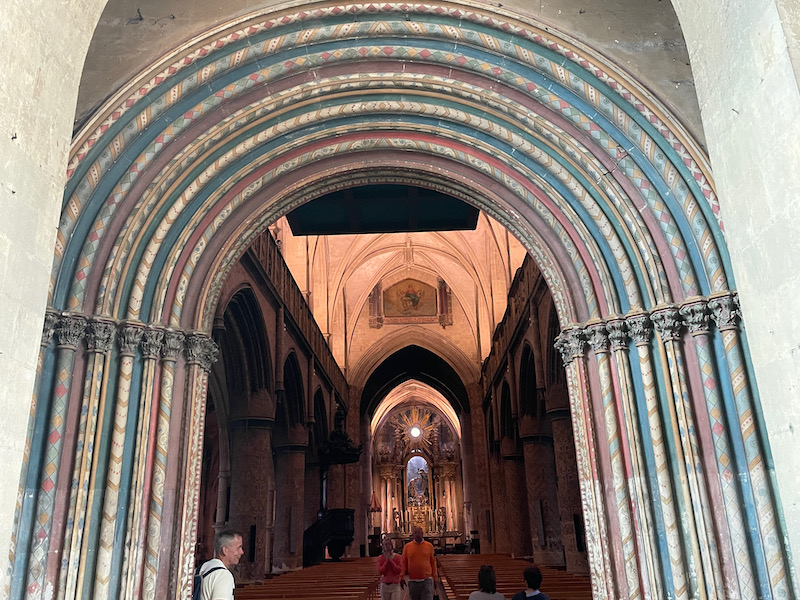
The nave is typically Gothic with side aisles. The big difference here to some other churches is that the columns and walls are painted, which happened around 1892. On one side of the nave, there are bas-reliefs representing the Passion of Christ.
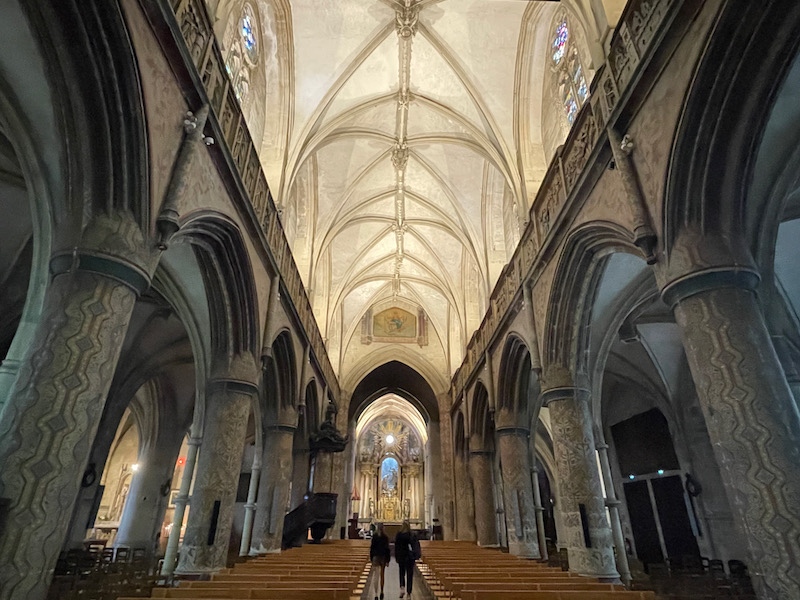
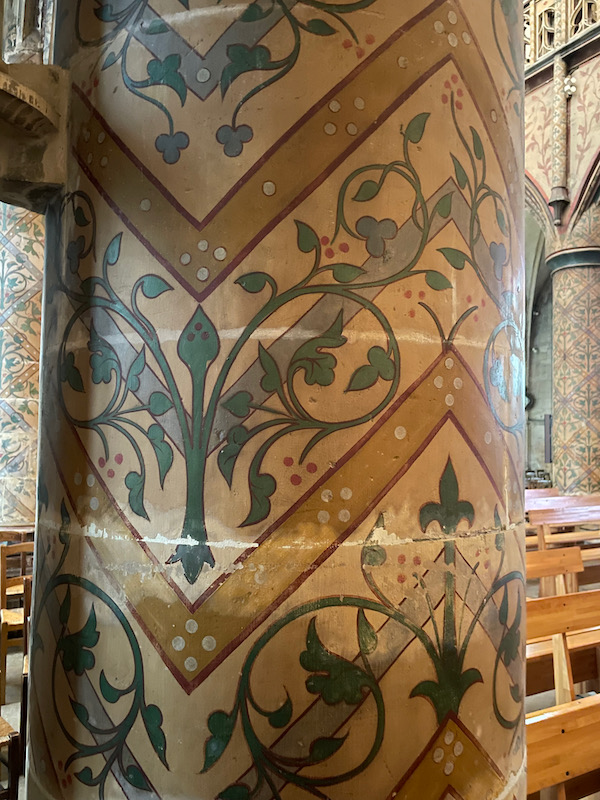
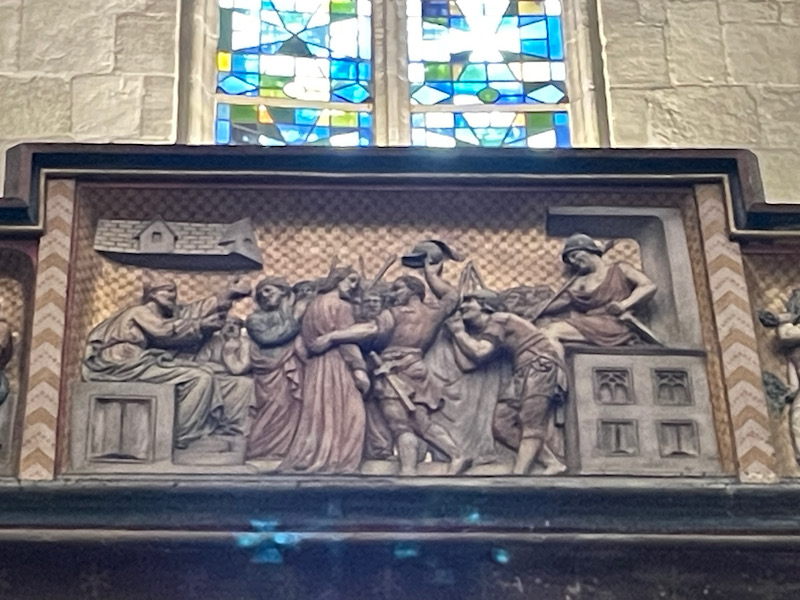
Like with many churches in Normandy, the stained-glass windows are quite modern.
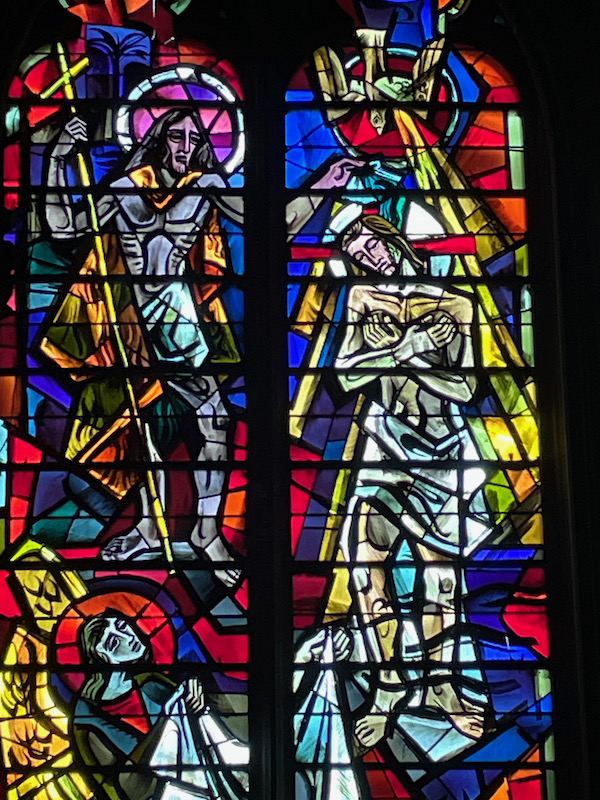
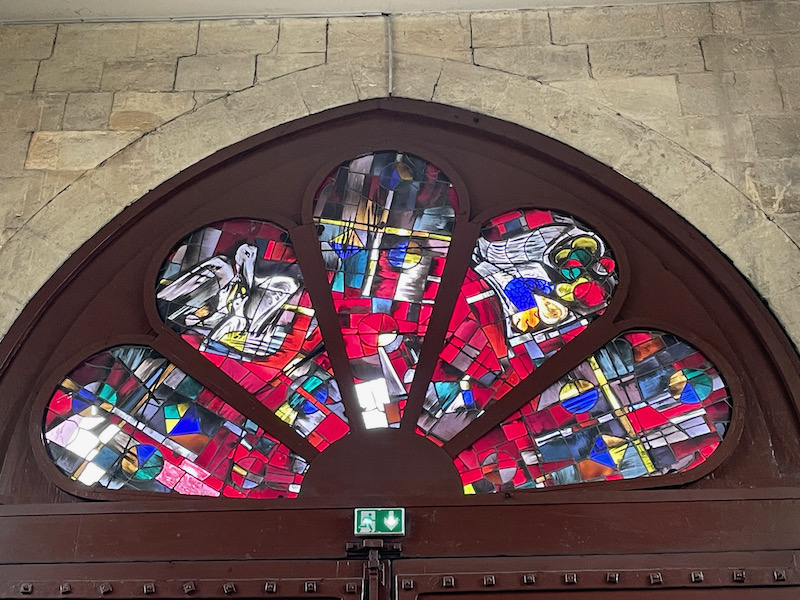
The classical-style high altarpiece, dating from the beginning of the 19th century. The sculptures at the top are free-standing, which is very unique.
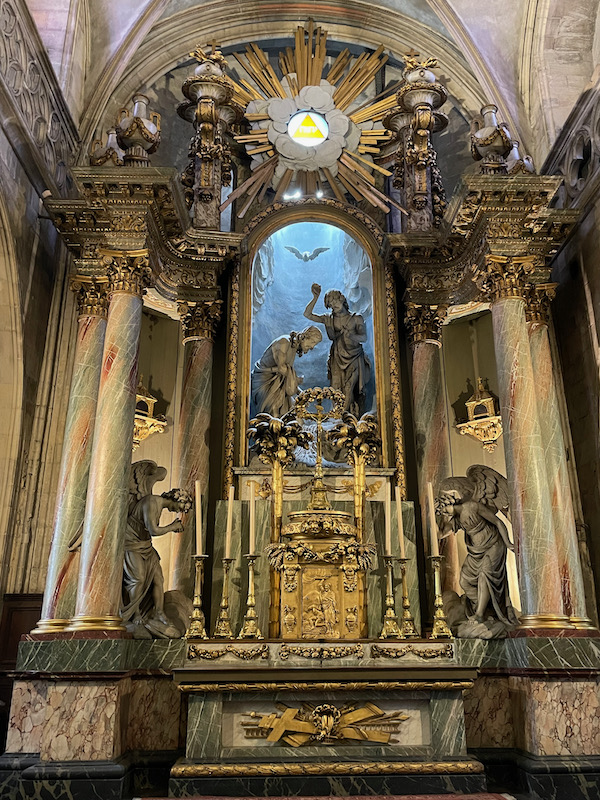
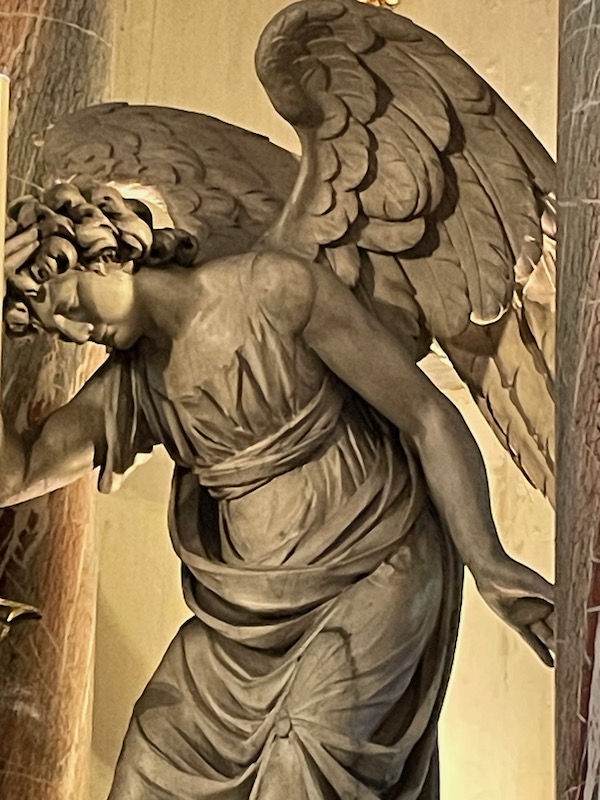
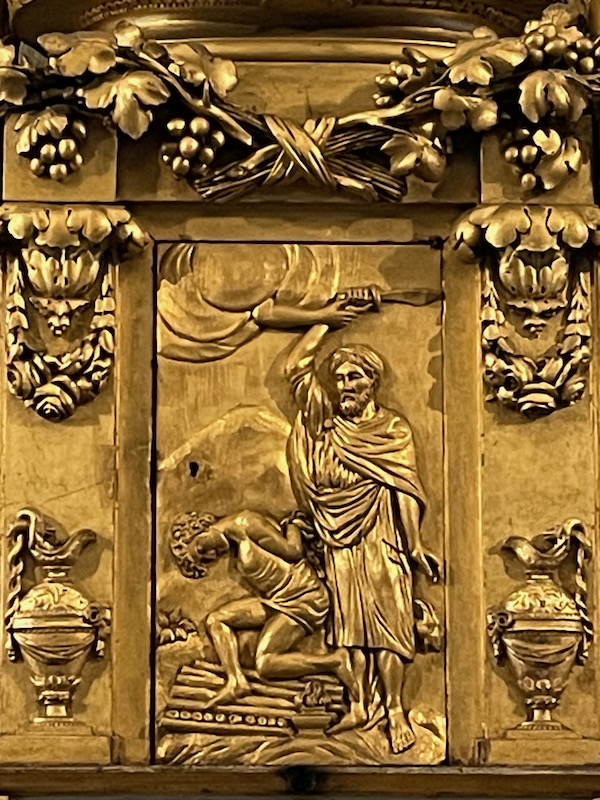
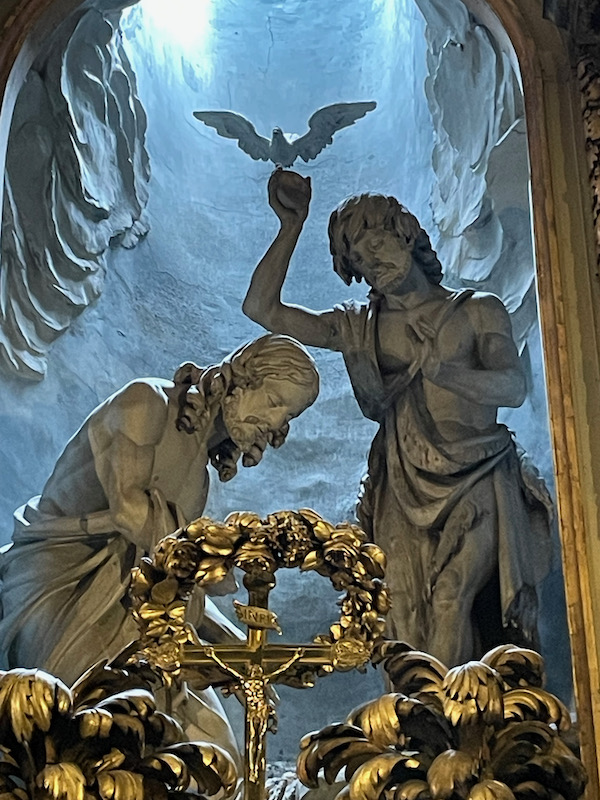
The baptismal font is carved limestone (I know, it looks like wood but it truly is limestone) with a decoration evoking the waters of baptism. The base dates from the 14th century and the neo-Gothic style wooden lid dates from 1869.
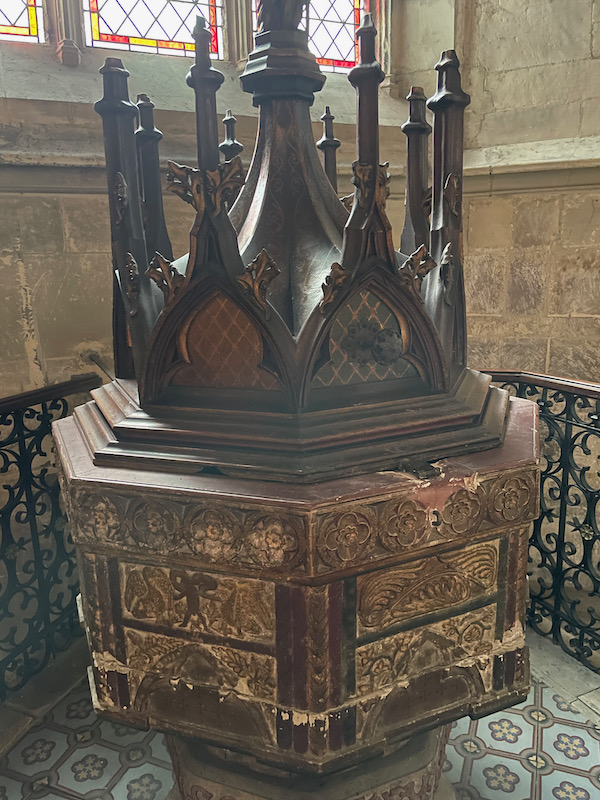
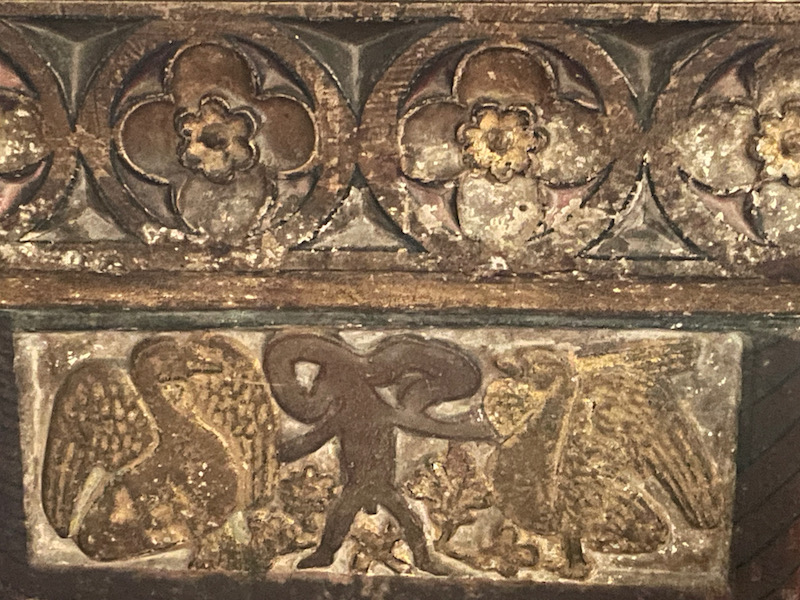
We ended up weaving our way through several tiny passageways to get to a little courtyard. The backs of the houses have all preserved their spiral staircase turrets. The last picture is of one of the oldest houses in town, dating to the 16th century.
